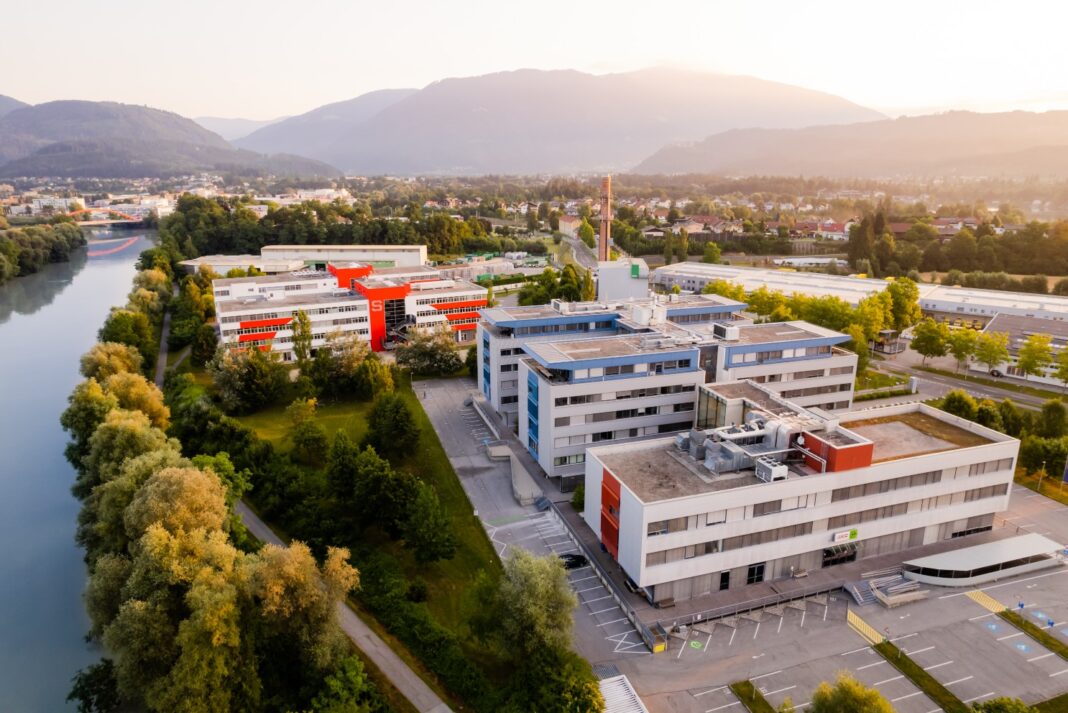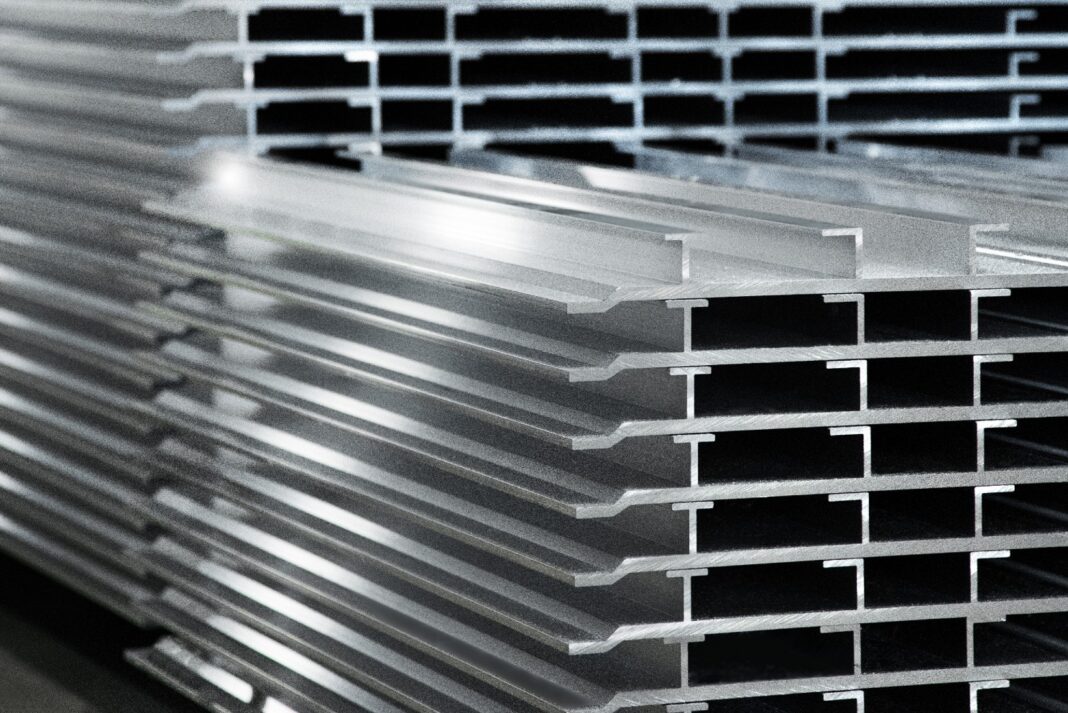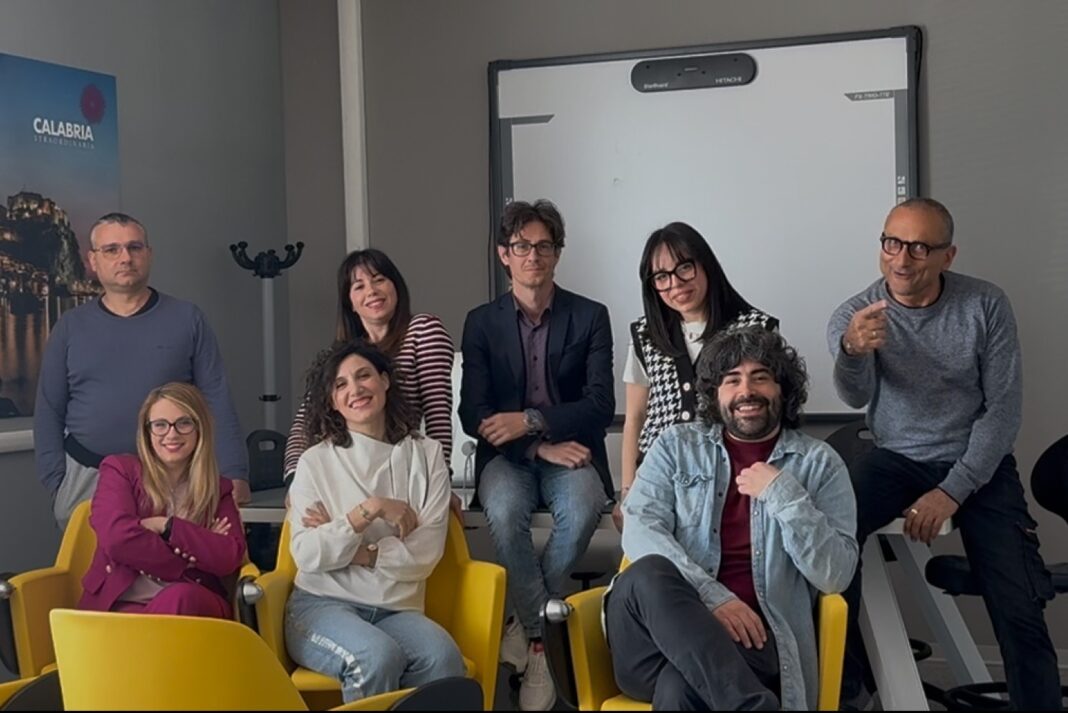Villach to host the first pilot line for Ion Trap Quantum Chips
Villach, in Carinthia, will become the home of Europe’s first pilot production line for ion trap quantum chips. This strategic infrastructure further strengthens the region’s position as one of the most advanced high-tech hubs in Europe, thanks to the leadership of Silicon Austria Labs (SAL) and an ecosystem that has long been focused on the development of microelectronics and quantum technologies.
With the official approval of the framework agreement by the Chips Joint Undertaking under the European Union’s Chips Act, the CHAMP-ION project has been launched. Over the next few years, this initiative will lead to the creation of a pilot network for the production of ion trap-based quantum chips. The primary site for the design, production, and validation of these chips will be Villach, Carinthia, at Silicon Austria Labs, a research institute recognized across Europe for its excellence in microelectronics, sensors, and photonics.
Villach: a hub for Europe’s emerging quantum industry
The CHAMP-ION project will run for seven years and involves 21 partners from six European countries, including universities, research centers, SMEs, and large corporations. Among the key players is SAL, which brings established expertise in micro and nanoelectronics manufacturing, photonic integration, and advanced semiconductor processing.
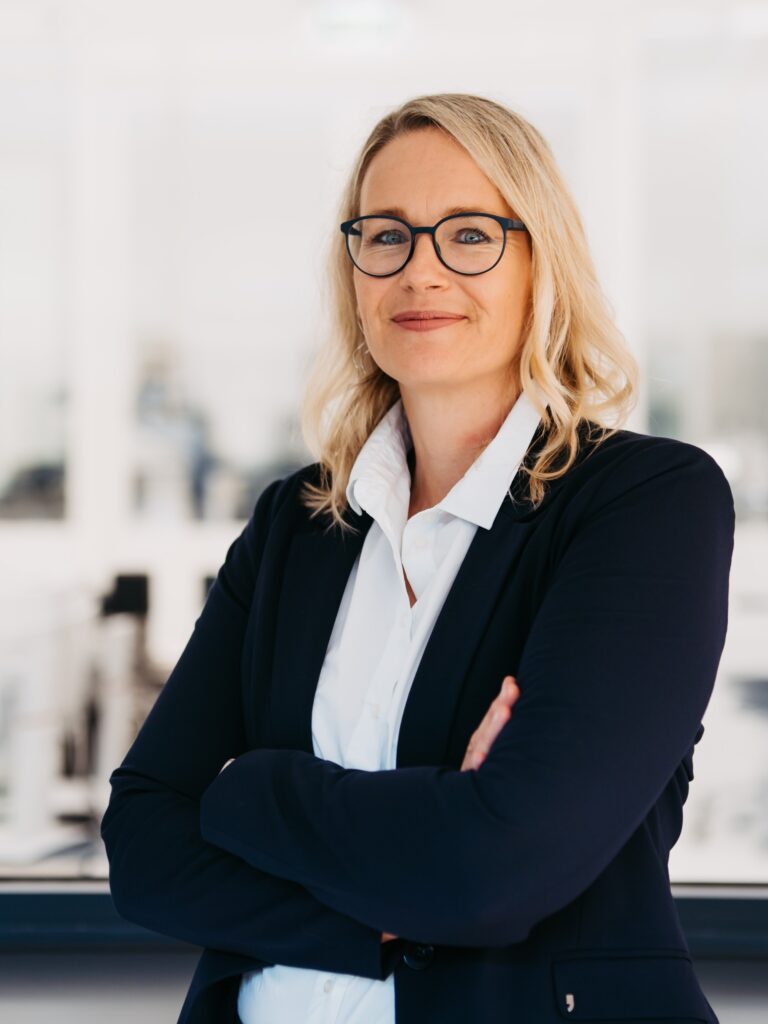
SAL will establish its Villach site as the Main Hosting Site for the future pilot line. There, the team will develop high-precision manufacturing processes that integrate electronic and photonic components on chips—key elements researchers use to trap individual atoms and manipulate them as qubits.
“Our role will be pivotal in moving this technology beyond the experimental phase and towards industrial application,” explains Christina Hirschl, CEO of SAL. “Villach is where cutting-edge research meets production capability. Carinthia has been recognized for years as a European innovation hub in the microelectronics sector.”
Christina Hirschl, Fotografed by Sarina Dobernig
Quantum technologies: a silent yet profound transformation
Ion trap technology, which is used to trap individual atoms and manipulate them as qubits, is one of the most promising platforms in the quantum computing landscape. Compared to other solutions, it offers longer coherence times, greater reliability, and high computational precision—key features for developing applications in pharmaceuticals, finance, logistics, and cybersecurity.
The CHAMP-ION project aims to industrialize this technology and make it accessible to European businesses, helping to reduce dependency on non-EU technologies and strengthening Europe’s economic and technological resilience.
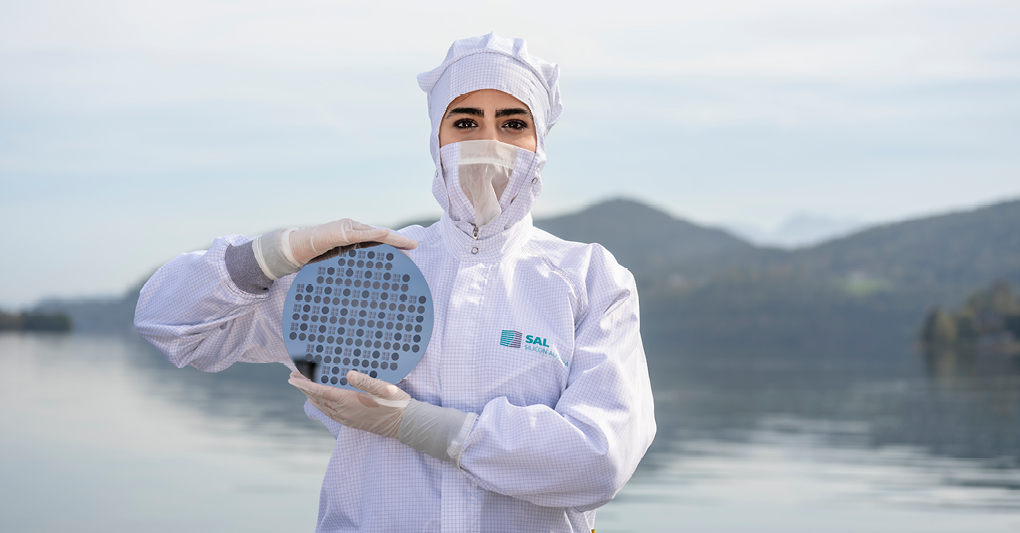
An ecosystem that has been investing in technology for years
“Austria, and particularly Carinthia, has everything needed to compete in this field: expertise, infrastructure, and a strong culture of collaboration between research and industry,” emphasizes Christina Hirschl, CEO of Silicon Austria Labs. “It is from here that we aim to make a tangible contribution to Europe’s technological sovereignty.”
The decision to implement Europe’s first pilot line for ion trap quantum chips here is no coincidence Carinthia has established itself as a high-tech region, thanks to cutting-edge research infrastructure, a highly specialized business community, and a long-term regional strategy focused on microelectronics, sensors, ICT, and industrial sustainability.
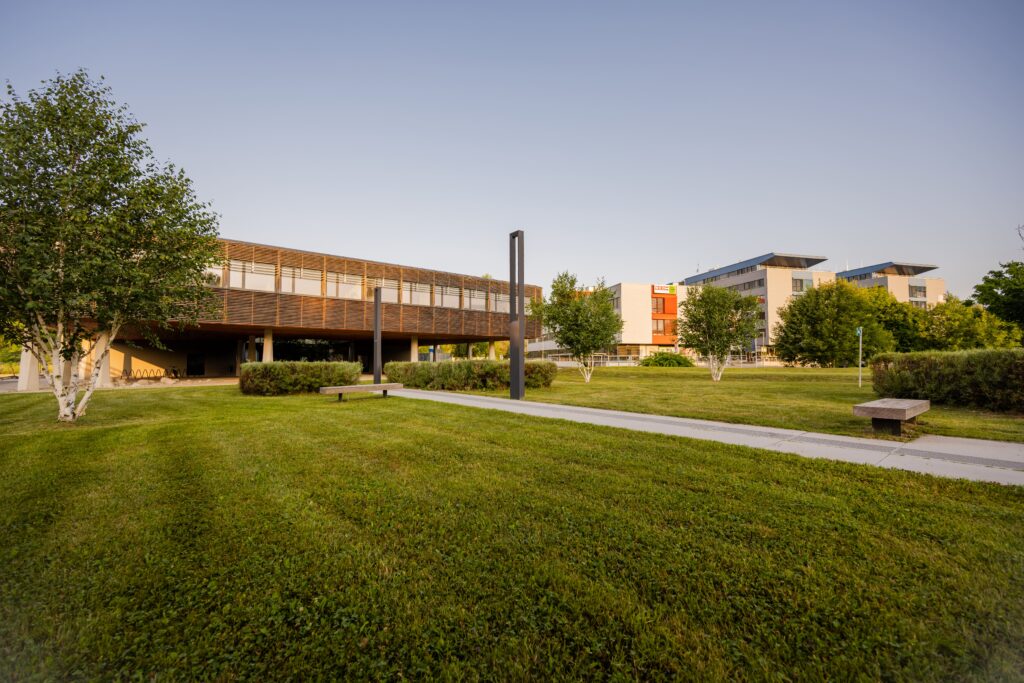
At the heart of this ecosystem is Villach’s tpv Technology Park, home to more than 40 companies active in microelectronics, mechatronics, and engineering, as well as the High Tech Campus Villach, which also hosts the Silicon Alps Cluster and the build! start-up center. Just a few kilometers away, the Lakeside Science & Technology Park in Klagenfurt stands as one of the most dynamic ICT hubs in the Alpine region, closely linked to the University of Klagenfurt and the Lakeside Labs, which specialize in collective intelligence, distributed systems, and advanced robotics.
An integrated system of innovation funding (KWF), business settlement support (BABEG), and a dense network of cooperation among companies, research centers, and educational institutions, supports the ecosystem. This virtuous model makes Carinthia an ideal place not only for conducting research but also for transforming it into industry.
For more information: http://www.carinthia.com/en

